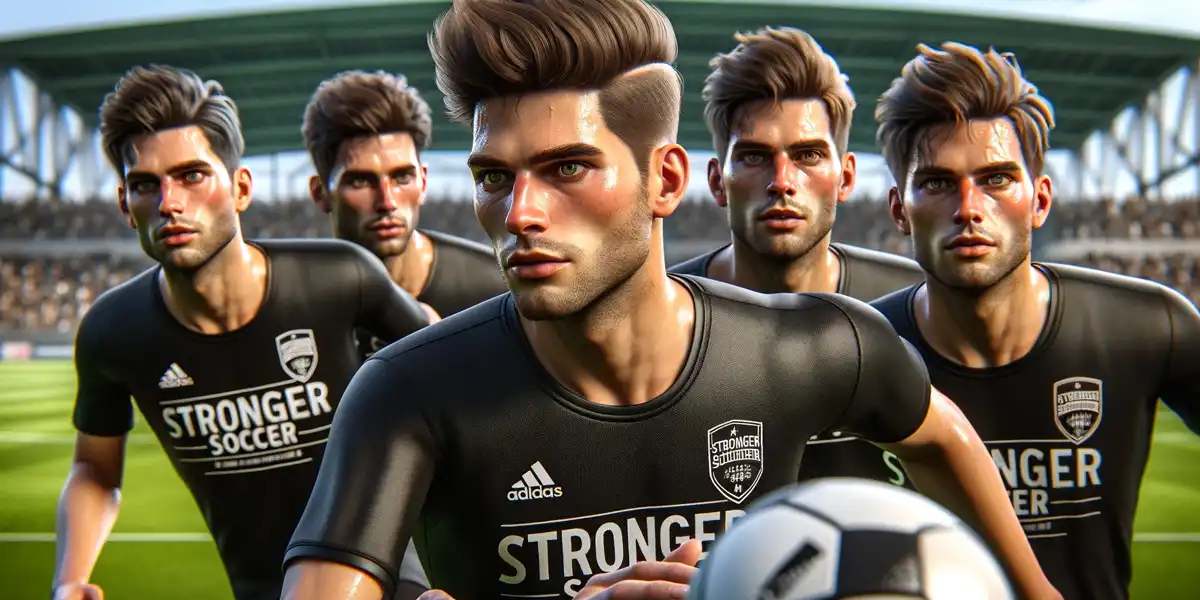Soccer Positions Guide | Understand Roles and Responsibilities on the Field
 Soccer positions can be broadly categorized into four main areas: goalkeepers, defenders, midfielders, and forwards.
Here is a comprehensive list of soccer positions, including alternative names for the same roles:
Soccer positions can be broadly categorized into four main areas: goalkeepers, defenders, midfielders, and forwards.
Here is a comprehensive list of soccer positions, including alternative names for the same roles:
Goalkeeper (GK)
- Goalkeeper (GK): The primary job is to prevent the opposing team from scoring by guarding the goal. Also known as the keeper or goalie.
Defenders
- Center Back (CB) Central defenders who are primarily responsible for stopping the opposing team's strikers and protecting the goalkeeper. Also known as central defenders
- Full Back (FB) Defenders who play on the flanks and are responsible for preventing wingers from crossing or cutting inside. Also known as right back (RB) and left back (LB).
- Wing Back (WB) Similar to full backs but more attack-oriented, often playing higher up the pitch. Can be right wing back (RWB) or left wing back (LWB)
- Sweeper (SW) A specialized central defender who plays behind the other defenders and clears up any loose balls. This position is less common in modern soccer but was more prevalent in earlier decades. Also known as thelibero
Midfielders
- Central Midfielder (CM) Players who operate mainly in the middle of the pitch, balancing defensive and offensive duties. Sometimes divided into defensive midfielders (DM) and attacking midfielders (AM) based on their roles.
- Defensive Midfielder (DM) Focuses on protecting the defense and breaking up opposition attacks. Also known as holding midfielder or anchor
- Attacking Midfielder (AM) Positioned further up the pitch with a focus on creating scoring opportunities. Also known as the playmaker
- Box-to-Box Midfielder (B2B) Versatile players who contribute both defensively and offensively, covering large areas of the pitch.
- Wide Midfielder (WM) Players who operate along the flanks, providing width and delivering crosses. Can be right midfielder (RM) or left midfielder (LM)
- Winger (W) Similar to wide midfielders but generally more attack-focused. Can be right winger (RW) or left winger (LW)
Forwards
- Striker (ST) The primary goal-scorer positioned nearest to the opponent's goal. Also known as center forward (CF)
- Second Striker (SS) Plays just behind the main striker, linking play between the midfield and the attack. Also known as support striker or withdrawn striker
- Center Forward (CF) Often used interchangeably with striker, though sometimes denotes a player who is more physical and holds up the ball.
- Winger (W) Often classified with forwards when their role is heavily attacking. Can be right winger (RW) or left winger (LW)
- False Nine (F9) A center forward who drops deep into midfield, creating space for other attackers to exploit.
Specialty Positions
- Utility Player Not a fixed position, but a player who can perform well in multiple positions across different areas of the pitch.
- Sweeper Keeper A modern variation of the goalkeeper who is also expected to play a role in defense, often coming out of the penalty area to clear balls and start attacks.
These positions can vary based on the formation and tactical approach used by the team. Some players may also be known by different names depending on their specific roles within the team's strategy.
Soccer Positions Guide | Understand Roles and Responsibilities on the Field
Knowing each of the soccer positions and the skill behind each position is important when learning (or teaching) the game of soccer. Each soccer position requires a special player with a special skill set, speed, or knowledge of the game.
Soccer Positions Guide | Understand Roles and Responsibilities on the Field
Explore our comprehensive guide to soccer positions and understand the roles and responsibilities of each player on the field. Perfect for players and coaches at all levels, learn how to maximize team performance with strategic positioning insights and tips.
Top Soccer Drills
Browse our fun youth soccer drills for kids to get ideas for your next soccer practice.